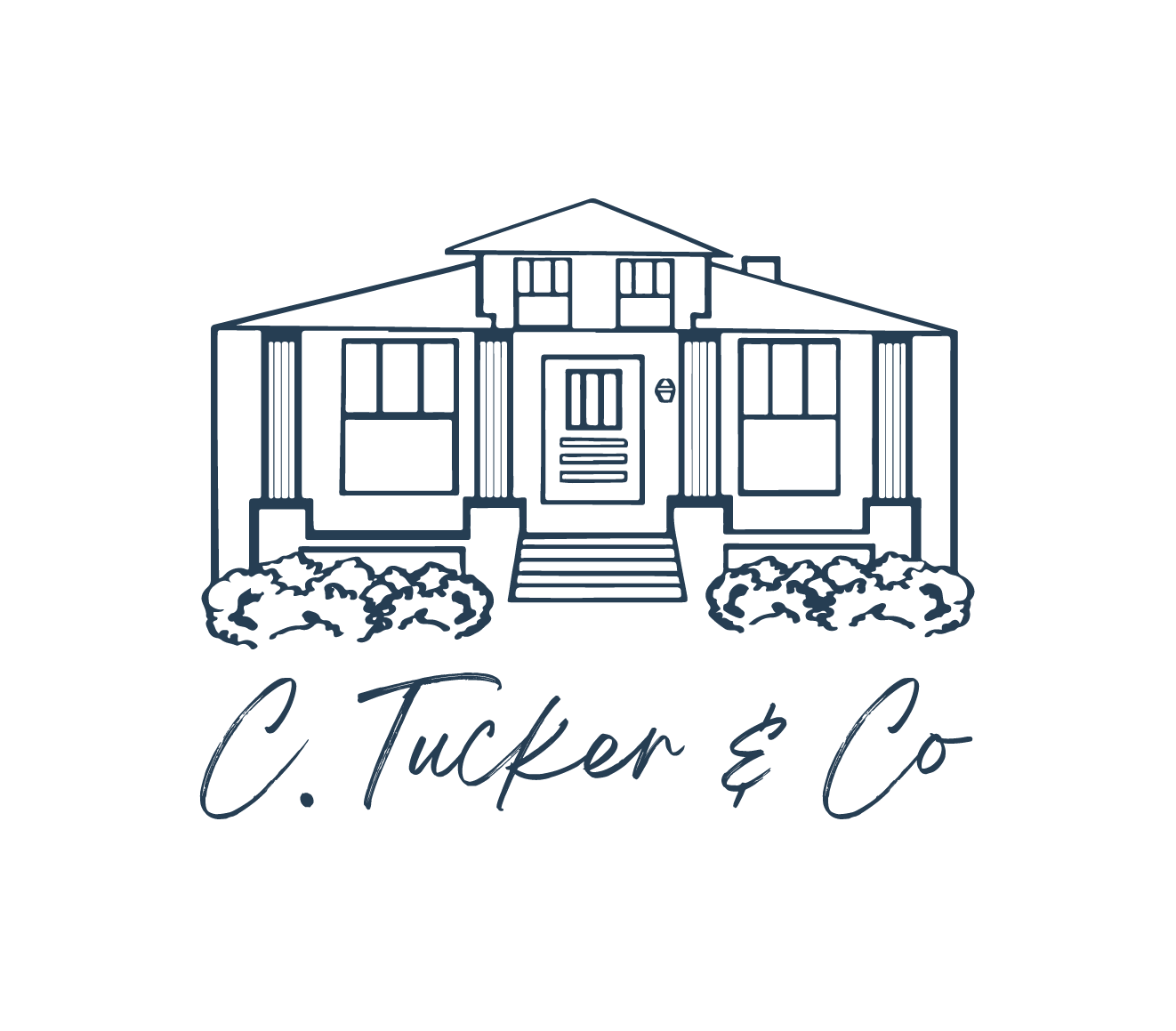The Loan Process (In Detail)
You will apply for a loan, often an online application. You will also be asked to provide a lot of documentation including bank statement, at least two years of tax returns, and pay stubs. Go ahead and start gathering these documents. Online copies that you email should be fine.
You will get a pre-approval letter that will tell you the maximum that you are allowed to borrow. It is very important to ask the lender to break down what that will actually mean for a monthly payment. Often you can borrow more than you are comfortable to actually spend a month. You don’t want to discover this after you have already found your dream house. Don’t be house poor.
After you have found the home you want to buy, your realtor will send a copy of the contract to your lender who will send the contract and your paperwork on to the processor to review. You will often be asked for more documents at this time. Your lender will give you the Good Faith Estimate to tell you what your total cost will be - the amount of money you need to bring to the closing table, what all the fees are, and what your monthly payments will be including taxes, insurance, principal and interest on the loan, and any PMI (private mortgage insurance - if you put down less than 20% you will pay this).
Your file will now be passed on to the underwriter. This is why it is so important to use a local lender. Big banks have their underwriters in a different location, often a different state. Your file is just another in a huge pile and they have no personal connection or motivation. Often different underwriters will review it and this will mean even more paperwork you are required to provide and a much longer time frame to get the loan closed. A local lender who uses a local underwriter will have a relationship with them and the loan process moves at a much faster pace. Regardless of big bank or small, you will be asked for even more documentation from the underwriter.
During this process, you will also be paying for an appraisal on the home. These run from $400 to $500 and is part of your closing costs. This is an independent licensed individual who can not speak directly to your lender. They will determine if the current purchase price that you are paying for the home is the actual market value. If the home does not appraise (the appraiser thinks that the house is worth less than what you are paying for it), then I will ask the seller to reduce the price to the appraised price. Most of the time the seller agrees although there is often compromise on seller paid closing costs. For example, if you were paying $150,000 for a home and the seller was contributing $5,000 for your closing costs and prepaids (the fees to get the loan and the money to set up your escrow account to pay your taxes and insurance), if the appraisal came back at $148,000, the seller most likely won’t want to pay $5,000 of your closing costs, but will instead reduce them to $3,000. All of this is a negotiation. If you and the seller can’t come to a consensus, then you can terminate the contract and keep your earnest money. Personally, I have never seen a deal fall apart over the appraisal. Both parties are normally willing to make it work.
Once all of these steps are done, there will be a final review by the underwriter. Often even more paperwork is asked for. Once they have these final conditions then you will be cleared to close!
